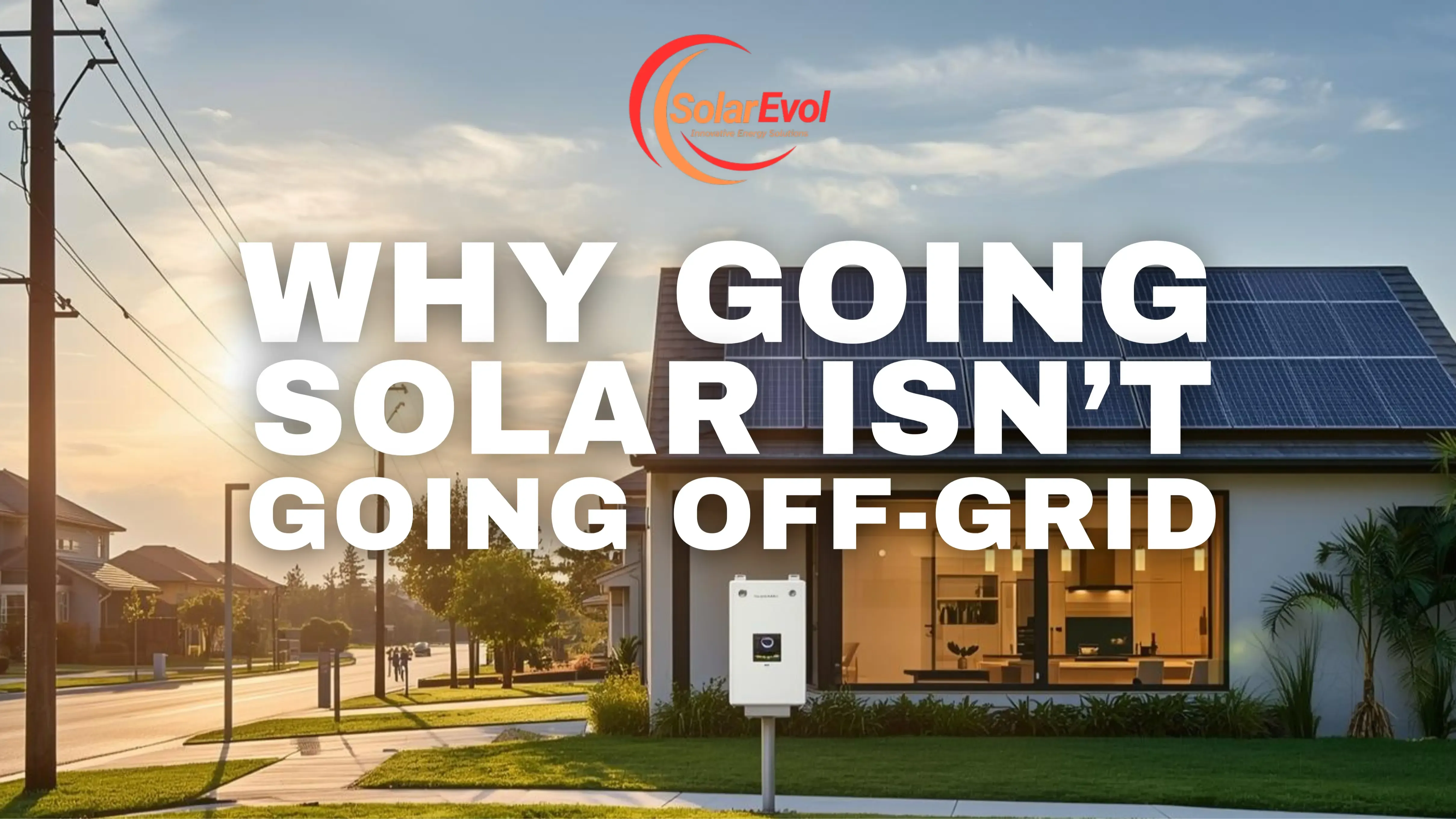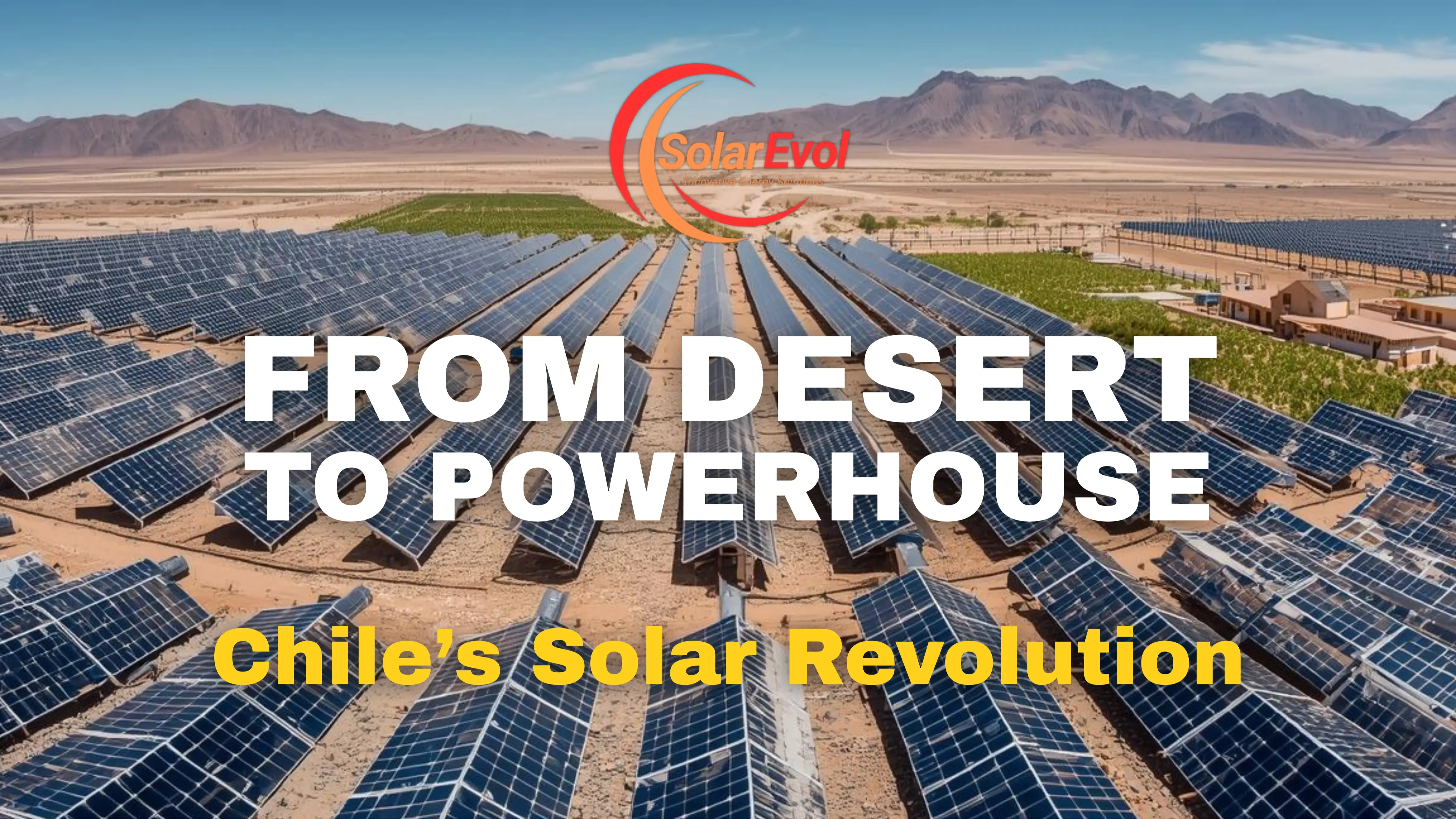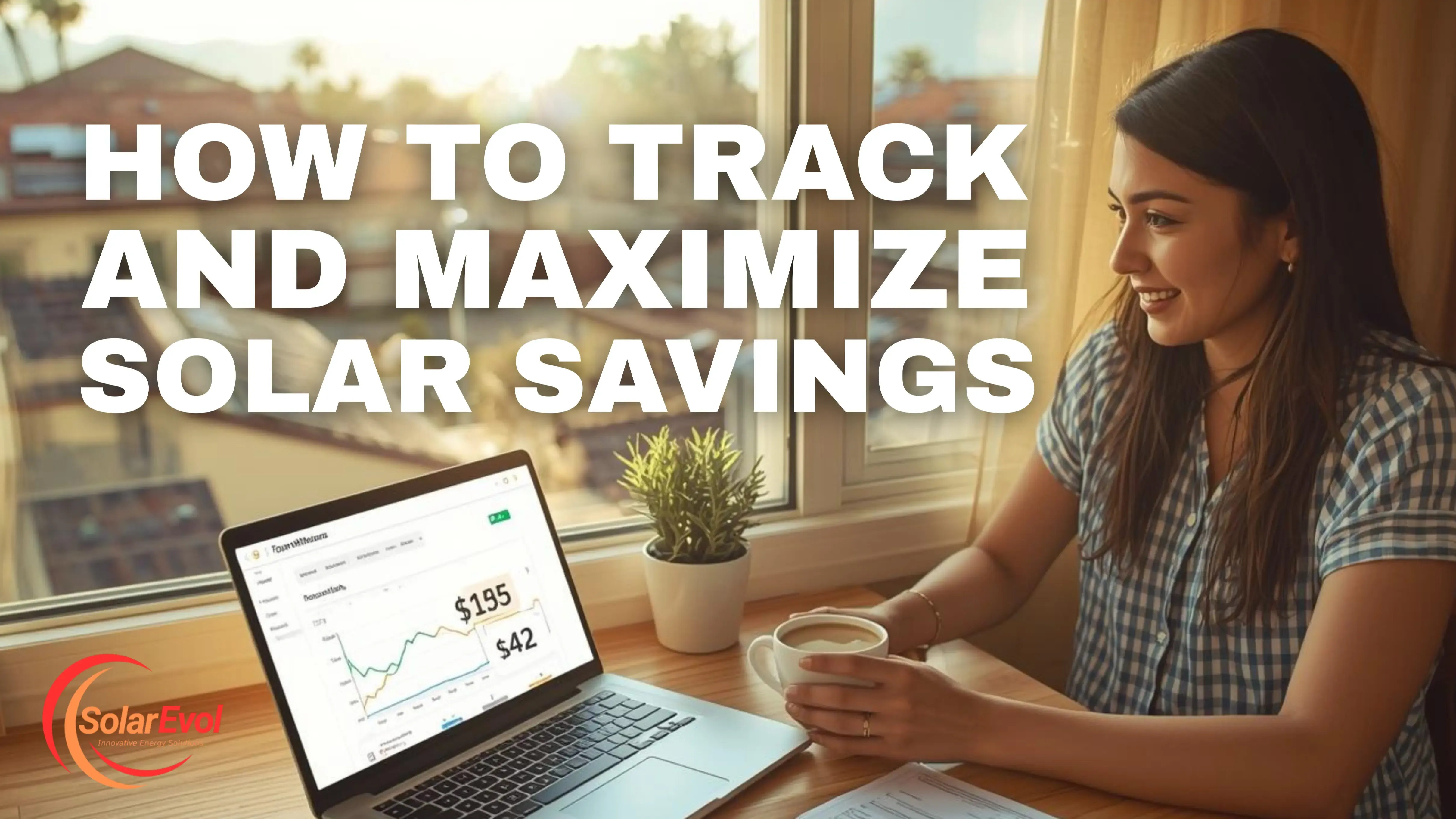
Next-Gen Batteries for Next-Gen Homes
Jul 16, 2025Monday, July 14, 2025
The storm hit harder than expected.
Winds whipped through the tall maples in southern Ontario, power lines sagged, then snapped. At 8:47 p.m., the grid gave out.
Dicere sat in silence for a second. No buzz from the fridge. No hum from the heater. Just darkness—again.
But then something happened.
The kitchen light clicked on. The internet router blinked. The backup kicked in.
Except this time, it wasn’t a noisy gas generator sputtering to life.
It was a sleek, silent battery on the wall, humming like a quiet engine of resilience.
For the first time in years, Dicere wasn’t stuck waiting for the grid to come back.
He was already running on stored sunlight.
⚙️ The Why Behind the Wattage
Dicere wasn’t an engineer. He wasn’t trying to be the first in his neighborhood to go off-grid. But he was tired.
Tired of power outages that came with no warning and lasted too long.
Tired of rising utility rates that spiked when he needed energy most.
Tired of having panels on his roof that worked great during the day—but left him in the dark by 8 p.m.
Like many early solar adopters, Dicere had assumed panels alone were enough.
But panels only generate energy—they don’t store it.
And that, he discovered, was the missing piece.
“What good is producing your own power,” he once asked a local energy tech, “if you can’t keep any of it?”
🔍 The Real Problem: Mismatch Between Generation and Demand
Here’s something few outside the clean energy world talk about:
Solar is great—but it’s not 24/7.
Peak sunlight hours don’t always match peak usage hours. In fact, many homes see their highest demand after the sun goes down—think cooking dinner, charging devices, heating water. That’s when households go from generating their own power… to suddenly buying expensive grid energy at premium rates.
Batteries bridge that gap.
But not all batteries are created equal. Dicere quickly learned that the first wave of home batteries had limitations: limited capacity, short lifespans, clunky interfaces, and high costs. It wasn’t just about having a battery—it was about having the right kind of battery.
🔬 Next-Gen Batteries: What’s Actually New?
When Dicere began researching newer models, he discovered that “next-gen” wasn’t just a marketing term—it meant real, tangible upgrades:
- Lithium iron phosphate chemistry (LiFePO4) for longer life, safer operation, and higher thermal stability
- Modular stackable systems that let users start small and scale over time
- Faster charging and discharging speeds, especially critical during outages
- Smart load management, allowing homes to prioritize essential devices during power cuts
- Integration with time-of-use rates, so the battery knows when to use, store, or sell energy
And perhaps most critically?
Next-gen batteries talk to the grid.
They’re not just backup—they’re participants in an evolving energy market.
🔄 The Shift: From Backup to Strategy
Dicere didn’t just install a battery—he installed a system. He connected it to his solar array, synced it with his utility’s time-of-use pricing plan, and enrolled in a local pilot that allowed homeowners to export energy during peak hours for a higher credit rate.
Here’s what changed:
- During the day, his solar panels charged the battery first, before sending excess to the grid.
- At night, instead of buying high-cost energy, he ran on his stored power.
- When a storm hit, his battery isolated from the grid and powered his essentials for nearly 15 hours.
- And when the grid was strained during a heat wave, his battery sent energy back—earning him a credit.
The battery became less about emergency backup—and more about everyday control.
🧠 What Most People Don’t Know About Energy Storage
Here’s the insider truth:
Home energy storage isn’t just a “nice-to-have” anymore. It’s becoming central to how smart homes operate in a volatile energy landscape.
- Utilities are shifting toward demand response programs—rewarding homes that can shift or reduce energy usage
- Batteries will soon play a bigger role in local microgrids, helping communities stay powered independently during crises
- Policy frameworks are evolving to support distributed energy storage as part of climate resilience strategies
And for homeowners like Dicere, batteries offer something that’s hard to price: agency.
💡 Takeaway: Energy Independence Isn’t Just About Generation—It’s About Timing
The solar boom taught people to make their own power.
The battery boom is teaching them when to use it.
“It’s not about cutting the cord,” Dicere says now. “It’s about cutting the delay. When the grid goes out, I don’t wait anymore. I’m already ahead.”
🛠️ Final Thought: The Future Isn’t Fully Off-Grid—It’s Smartly Connected
Next-gen homes won’t just generate energy. They’ll store it, trade it, and optimize it. And the battery?
It’s not just a backup plan.
It’s the heart of the home’s power flow—balancing independence with flexibility.
Because the future of clean energy isn’t about having more power.
It’s about knowing what to do with it—and when.
Stay connected with news and updates!
Join our mailing list to receive the latest news and updates from our team.
Don't worry, your information will not be shared.
We hate SPAM. We will never sell your information, for any reason.












